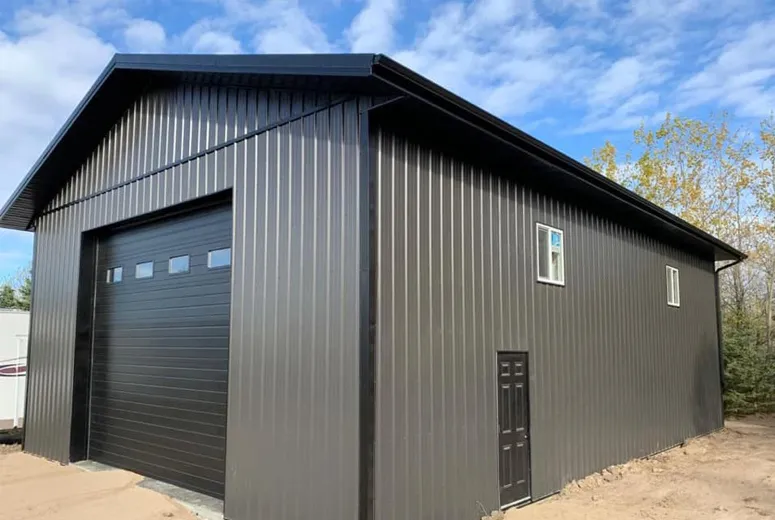- Afrikaans
- Albanian
- Amharic
- Arabic
- Armenian
- Azerbaijani
- Basque
- Belarusian
- Bengali
- Bosnian
- Bulgarian
- Catalan
- Cebuano
- Corsican
- Croatian
- Czech
- Danish
- Dutch
- English
- Esperanto
- Estonian
- Finnish
- French
- Frisian
- Galician
- Georgian
- German
- Greek
- Gujarati
- Haitian Creole
- hausa
- hawaiian
- Hebrew
- Hindi
- Miao
- Hungarian
- Icelandic
- igbo
- Indonesian
- irish
- Italian
- Japanese
- Javanese
- Kannada
- kazakh
- Khmer
- Rwandese
- Korean
- Kurdish
- Kyrgyz
- Lao
- Latin
- Latvian
- Lithuanian
- Luxembourgish
- Macedonian
- Malgashi
- Malay
- Malayalam
- Maltese
- Maori
- Marathi
- Mongolian
- Myanmar
- Nepali
- Norwegian
- Norwegian
- Occitan
- Pashto
- Persian
- Polish
- Portuguese
- Punjabi
- Romanian
- Russian
- Samoan
- Scottish Gaelic
- Serbian
- Sesotho
- Shona
- Sindhi
- Sinhala
- Slovak
- Slovenian
- Somali
- Spanish
- Sundanese
- Swahili
- Swedish
- Tagalog
- Tajik
- Tamil
- Tatar
- Telugu
- Thai
- Turkish
- Turkmen
- Ukrainian
- Urdu
- Uighur
- Uzbek
- Vietnamese
- Welsh
- Bantu
- Yiddish
- Yoruba
- Zulu
Nov . 14, 2024 15:35 Back to list
The First Steel Frame Building A Revolution in Architecture
The dawn of the industrial age brought about significant advancements in various fields, one of which is architecture. Among these advancements, the introduction of steel as a primary material for construction marked a turning point in the skyline of cities and the very nature of architectural design. The first steel frame building, often credited to the Home Insurance Building in Chicago, not only revolutionized how structures were built but also changed the way people lived and worked within urban environments.
Completed in 1885, the Home Insurance Building, designed by architect William Le Baron Jenney, stood a staggering 10 stories tall and reached a height of 138 feet. Prior to this innovation, most buildings were constructed with load-bearing walls made of brick or stone, which limited their height and floor space. The use of steel frames allowed for more vertical construction, ushering in the age of skyscrapers. This shift enabled buildings to rise higher than ever before, facilitating the growth of urban centers and transforming city landscapes.
The steel frame itself is a skeleton of steel columns and beams, forming a rigid structural support that distributes weight more efficiently than traditional materials. This revolutionary method not only provided strength but also allowed for greater design flexibility, enabling architects to create expansive open spaces without the need for numerous internal columns. The result was a more functional and aesthetically pleasing interior space.
In addition to providing architectural freedom, the steel frame also addressed important safety concerns. As cities became denser and taller, the risk of fire and structural failure escalated. Steel, being non-combustible, significantly reduced the threat of fires spreading within buildings. Moreover, the adaptability of steel allowed engineers to develop innovative solutions to ensure that buildings could withstand various environmental stresses, including wind and earthquakes. The safety and resilience offered by steel frames became a selling point for urban developers and a catalyst for further exploration in architectural engineering.
first steel frame building

The impact of the Home Insurance Building and its steel frame construction reverberated throughout the architectural community and sparked a wave of new designs and ideas. The skyscraper became an iconic symbol of modernity, representing progress and the possibilities of the industrial age. Over the decades, this transformation culminated in the development of cities with towering skylines, fostering an environment where commerce and culture could thrive.
As the 20th century progressed, the techniques and technologies surrounding steel frame construction evolved. Innovations such as reinforced concrete, curtain wall systems, and advanced steel fabrication paved the way for even taller and more complex structures. Iconic buildings like the Empire State Building, the Willis Tower, and the Burj Khalifa owe their existence to the foundational principles established by the first steel frame building.
The ecological implications of steel construction have also become a significant topic of discussion in recent years. As sustainability concerns grow, architects and engineers are now exploring how to minimize the environmental impact of construction. Recycled steel and improved energy efficiency in design have become focal points in building practices, reflecting an evolving industry that is still heavily influenced by the groundbreaking innovations of the past.
In conclusion, the first steel frame building was not just a technical innovation; it represented a paradigm shift in architecture and urban development. The Home Insurance Building paved the way for the skyscrapers that dominate our cities today and continues to inspire architects and builders around the world. Its legacy is seen in the ever-changing skyline of modern cities, reflecting both the ambitions of humanity and the boundless potential that steel construction offers. As we look towards the future, the lessons learned from the steel frame revolution will undoubtedly guide the next wave of architectural advancements.
-
How Do Prefabricated Steel Structures Transform Modern Construction?
NewsJul.14,2025
-
How Do Prefabricated Metal Buildings Redefine Modern Construction?
NewsJul.14,2025
-
How Do Prefab Insulated Metal Buildings and Steel Structures Revolutionize Modern Construction?
NewsJul.14,2025
-
How Do Pre - Engineered Steel Structures Redefine Modern Construction?
NewsJul.14,2025
-
Advancing Modular Construction with Prefabricated Metal Structures
NewsJul.14,2025
-
Advancing Industrial Infrastructure with Prefabricated Steel Solutions
NewsJul.14,2025
Products categories
Our Latest News
We have a professional design team and an excellent production and construction team.












